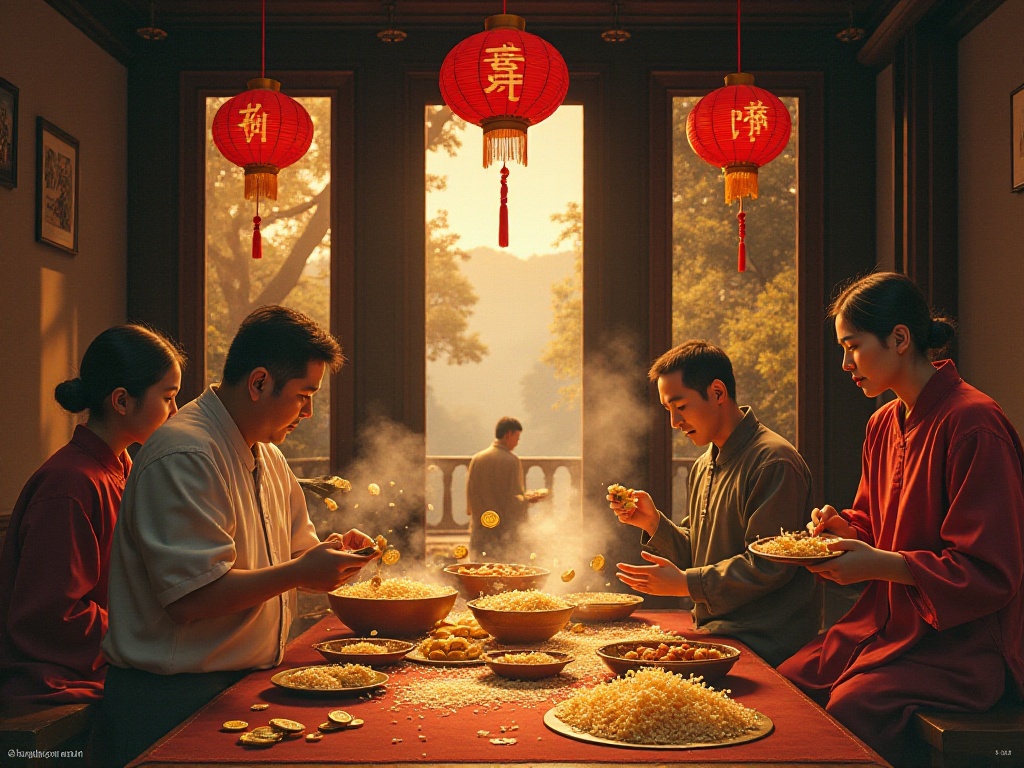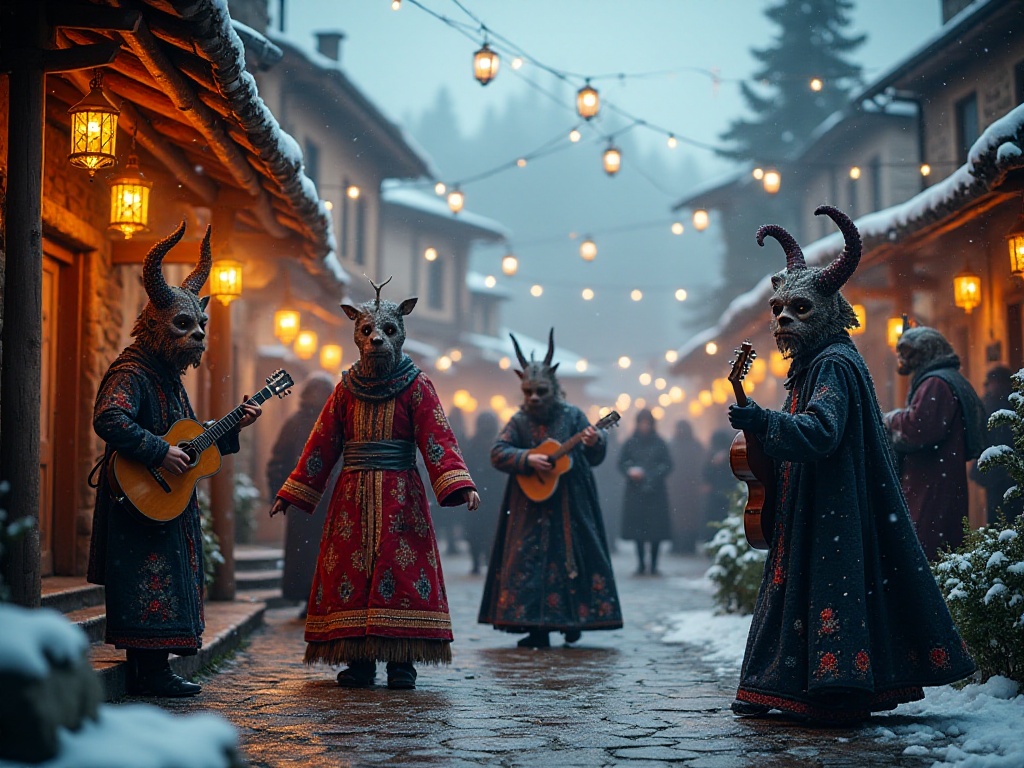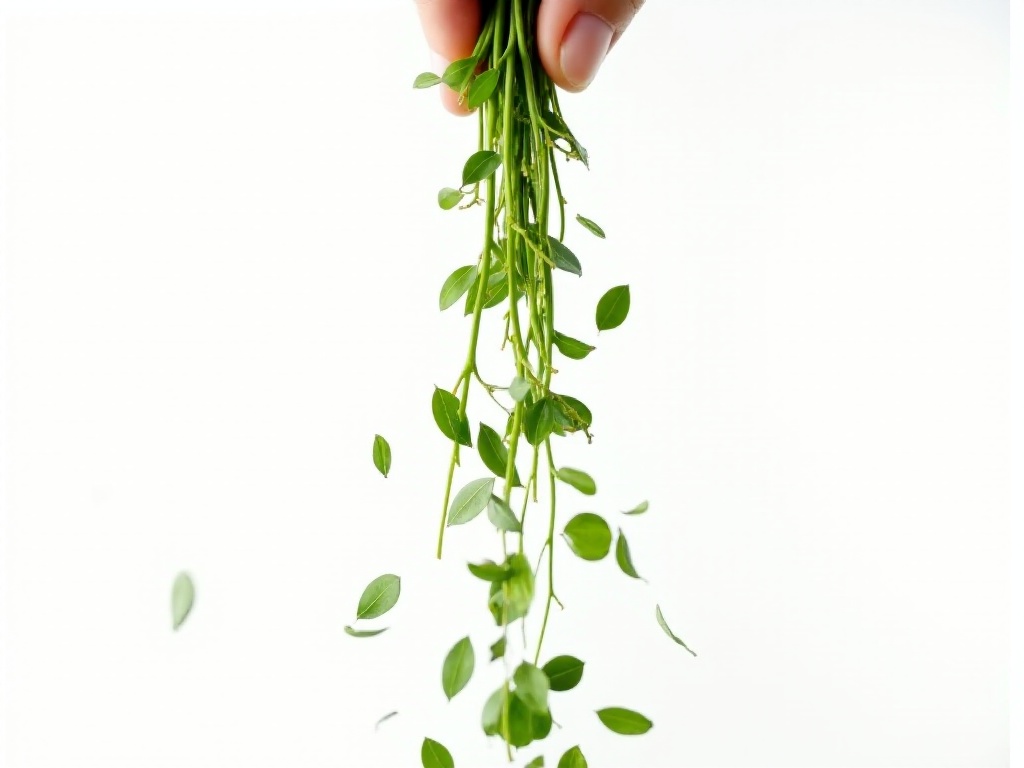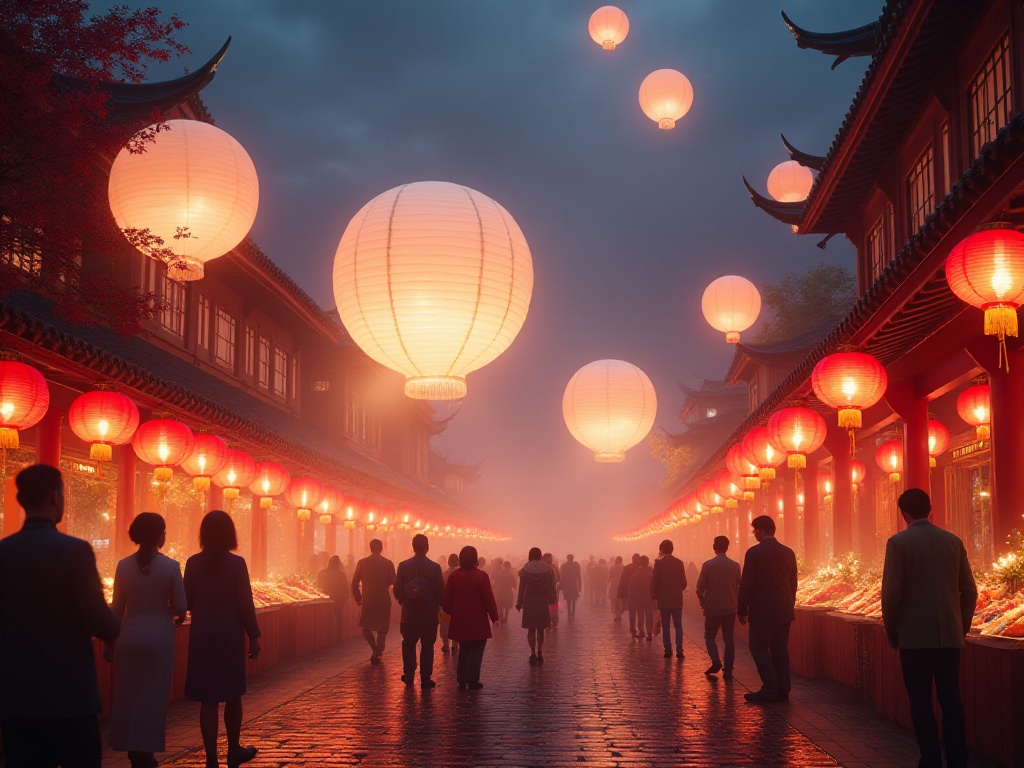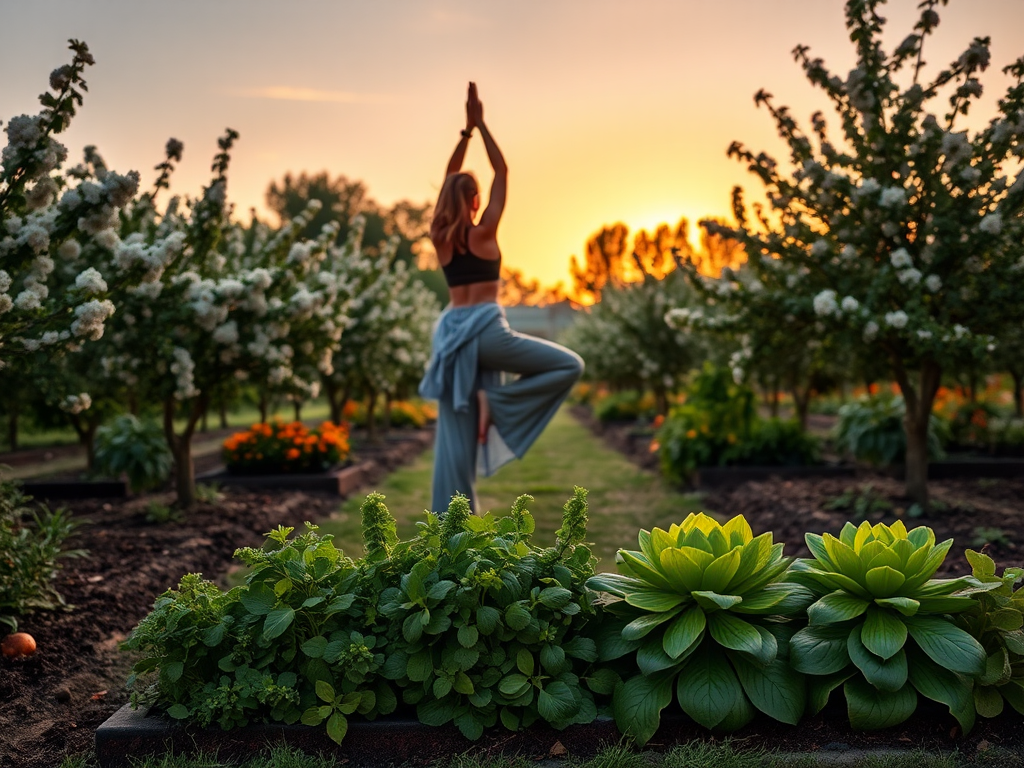Opening Thoughts
Recently, I've been pondering a question: in this fast-paced era, have our perceptions of traditional festivals become too superficial? Whenever traditional festivals come around, social media feeds are flooded with food pictures, but I always feel something is missing. As someone born after 1995, I've always had a strong interest in traditional culture, yet my understanding feels fragmented. This time, I decided to use AI as an assistant to re-explore the deeper meaning of Chinese traditional festivals. After a period of in-depth research and reflection, I discovered many surprising things. Let me share with you my thoughts and unique findings.
A New Perspective
Have you noticed that our understanding of traditional festivals often stops at the surface level of "what to eat" and "what to do"? During festivals, everyone is busy posting on social media and showing off food, but few know about the cultural implications behind these festivals. Through this exploration, I discovered that each traditional festival is an enormous cultural treasury containing deep cultural codes.
For instance, did you know? Spring Festival isn't just a time for family reunion; it's actually a complete cultural system. From the Kitchen God worship on the twenty-third day of the twelfth lunar month, to staying up late on New Year's Eve, to celebrating the Lantern Festival on the fifteenth day of the first month, each element has its special cultural significance. Behind these seemingly simple customs lies our ancestors' profound understanding of life, time, and the universe.
In traditional culture, festivals are not just time markers but also reflect the relationships between humans and nature, society, and self. Through AI analysis, I discovered that each festival is like a multidimensional cultural matrix, encompassing astronomical calendars, folk customs, ethics, and life wisdom.
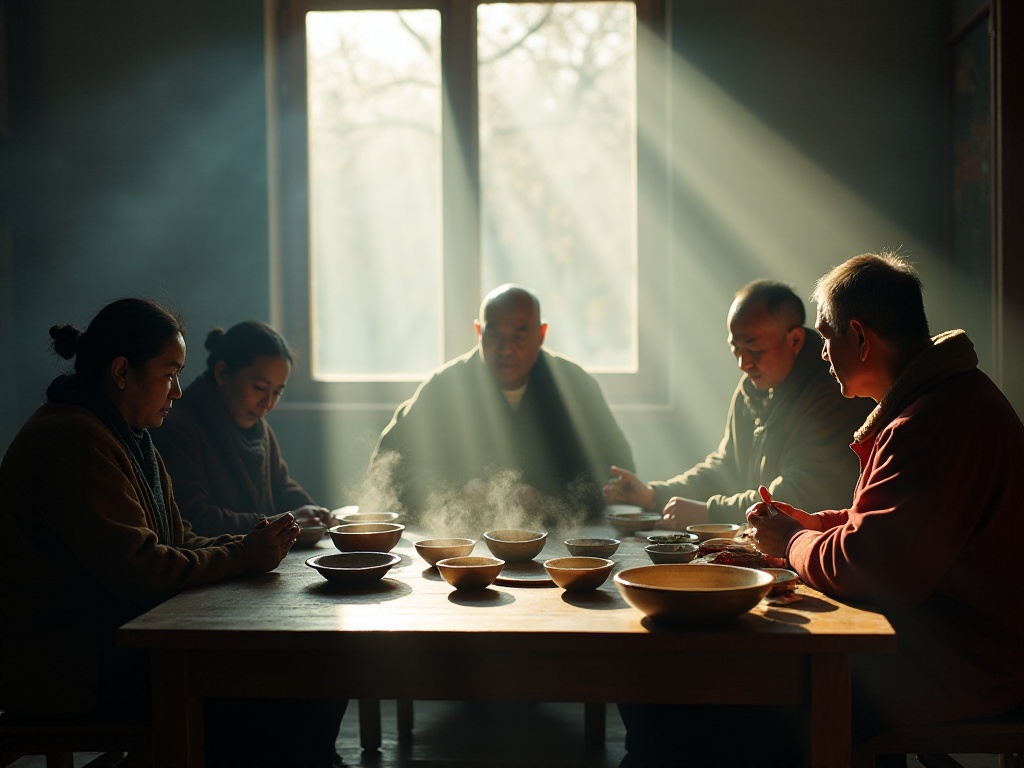
Decoding Spring Festival
I remember when I was young, my mother would urge me to do thorough cleaning before Spring Festival. I always found it troublesome then and wanted to find excuses to slip away to play. Now, through AI analysis, I understand the deeper meaning of this tradition. It turns out that the big cleanup isn't just about cleanliness; in ancient times, it had the meaning of "out with the old, in with the new," symbolizing the removal of the old and welcoming of good fortune.
This custom can be traced back to the Shang and Zhou dynasties when people had the tradition of performing sacrifices and cleaning at the end of the year. By the Qin and Han dynasties, this custom had further developed into a complete ritual system. Interestingly, ancient people would pay special attention to direction and timing when cleaning, which was related to the ancient theory of Yin-Yang and Five Elements.
The New Year's Eve dinner also has many particular considerations. While today's New Year's Eve dinner might focus more on the sophistication and abundance of dishes, in ancient times, each dish had its specific meaning. For example, fish represents having surplus year after year, and dumplings symbolize gold ingots, signifying prosperity.
Young people today might find these traditions troublesome, but have you thought about it? This is actually the crystallization of our ancestors' wisdom. Through these rituals, people have an emotional outlet and new beginning at the year's end. These traditions not only help maintain family relationships but also help individuals achieve psychological transition and adjustment.
Customs like hanging Spring Festival couplets, setting off firecrackers, and staying up late on New Year's Eve all have deep meanings. For instance, the tradition of staying up late on New Year's Eve originally came from people's reverence for the transition of time. Ancient people believed that staying awake during this special moment between the old and new year could ward off evil and welcome good fortune. This reverence and anticipation for time still has its value in modern society.
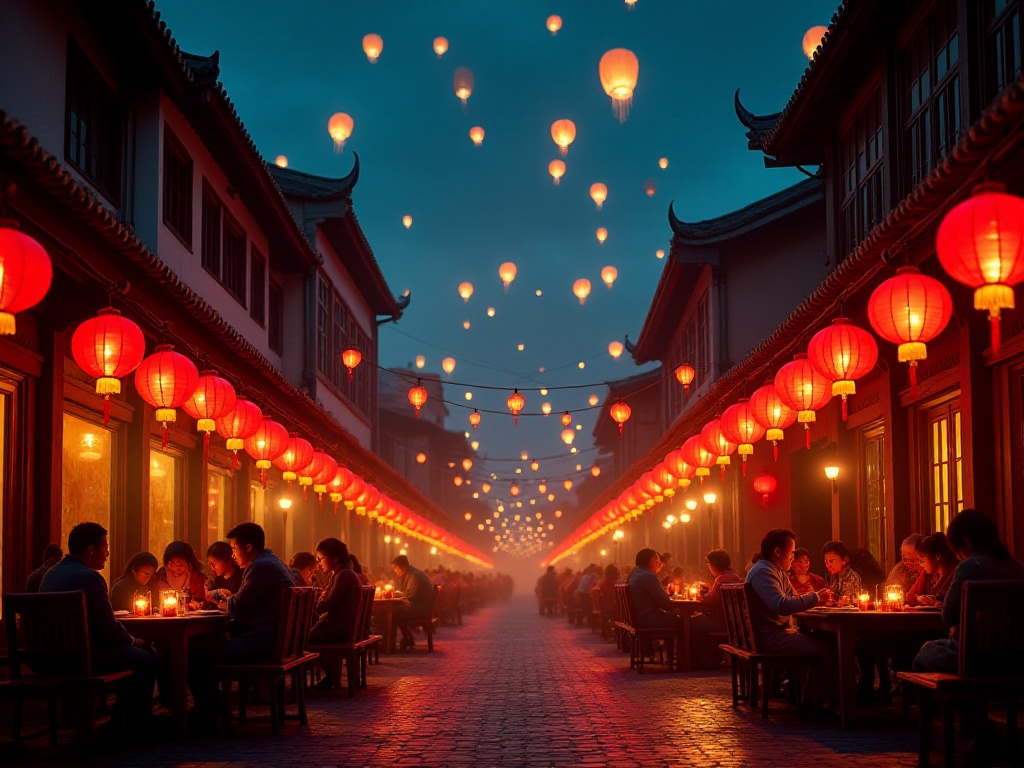
The Mystery of the Lantern Festival
When it comes to the Lantern Festival, many people's first thought is eating tangyuan (sweet rice balls). But through AI analysis, I discovered that the cultural connotations of the Lantern Festival are far richer than imagined. The Lantern Festival can be traced back to the Han Dynasty, marking the complete end of the Spring Festival and is the last important festival during the Spring Festival period.
In ancient times, the Lantern Festival was one of the liveliest festivals of the year. People would visit relatives and friends, view lanterns, and appreciate the moon on this day. Especially the lantern shows, which could be considered one of the grandest cultural activities in ancient times. On this day, ancient people not only appreciated lanterns and solved lantern riddles but also held various artistic performances, which was actually a sophisticated form of social activity.
Through AI analysis, I found the lantern culture of the Lantern Festival particularly interesting. Ancient lanterns were not only beautifully crafted but often had profound meanings. Some lanterns would showcase historical stories, while others depicted folk tales. These lanterns weren't just lighting tools but carriers of cultural transmission. Think about it - in an era without phones and internet, wasn't this the ancient version of a social platform?
The custom of eating tangyuan during the Lantern Festival also has its particular considerations. The round and full shape of tangyuan symbolizes reunion, its white exterior represents purity, and the sweet filling signifies the sweetness of life. Interestingly, different regions have different ways of making tangyuan - some prefer sweet fillings, others savory - this diversity reflects the inclusiveness of Chinese culture.
The timing choice of the Lantern Festival is also very particular. The fifteenth day of the first lunar month happens to be the first full moon night of the year. Ancient people believed that the full moon symbolized reunion, so they chose this day to hold celebrations. This wisdom of combining natural phenomena with human activities reflects the Chinese traditional cultural concept of "unity between heaven and man."
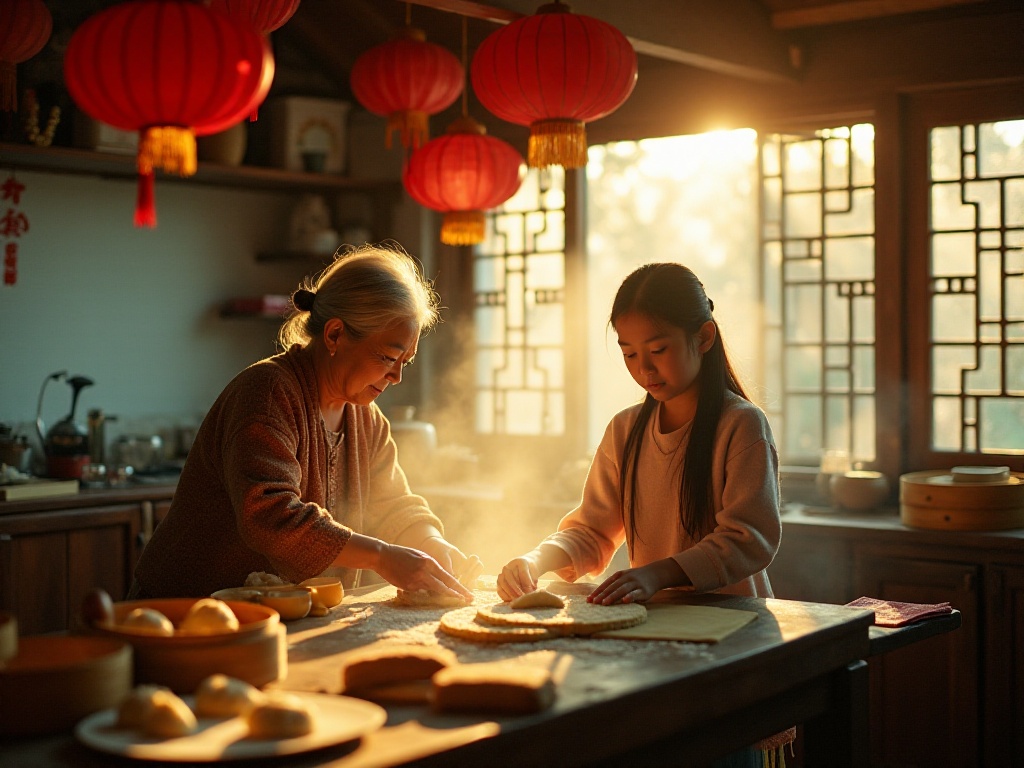
Insights from the Winter Solstice
The Winter Solstice might be one of the festivals that best embodies Chinese traditional wisdom. This festival not only has profound cultural connotations but is also closely related to astronomical calendars. Ancient people regarded the Winter Solstice highly, with the saying "Winter Solstice is as important as New Year." Through AI analysis, I discovered that this festival actually represents ancient people's profound understanding of cosmic laws.
In ancient times, the Winter Solstice was an important astronomical point. This day has the shortest daylight and longest night of the year in the Northern Hemisphere. Ancient people discovered that from this day forward, daylight would gradually lengthen, symbolizing the return of yang energy. Therefore, the Winter Solstice was also seen as a turning point of the year.
Regarding dietary customs, northerners eat dumplings while southerners eat tangyuan, which actually implies the philosophy of "unity between heaven and man." AI helped me discover an interesting statistic: there are over 2,000 different Winter Solstice dietary customs across the country, and this diversity precisely reflects the inclusiveness of Chinese culture.
Another important characteristic of the Winter Solstice is its family attribute. In ancient times, the Winter Solstice was an important day for family reunion. People would hold sacrificial ceremonies on this day to commemorate ancestors, while also gathering with family to enjoy family happiness. This tradition still has its value in modern society, reminding us not to forget family in our busy lives.
Through AI analysis, I also discovered that the Winter Solstice is closely related to Traditional Chinese Medicine health preservation. TCM believes that the Winter Solstice is a crucial period for the transformation of yin and yang, and special attention should be paid to health preservation during this time. For example, on Winter Solstice, one should go to bed early and rise late to follow natural laws. This wisdom of combining festivals with health preservation is equally worth learning from in modern society.

Cultural Reflections
Through this in-depth research, I suddenly understood something: traditional festivals are not just points in time, but cultural carriers. They are like time capsules that have completely preserved our ancestors' wisdom. Each festival carries specific cultural connotations, reflecting ancient people's understanding of nature, society, and life.
During the research process, I found that traditional festivals are actually a complete cultural system. It includes multiple dimensions such as time concepts, cosmic cognition, ethics, and life wisdom. For example, the common theme of "reunion" in traditional festivals is reflected not only in the form of family gatherings but also in the pursuit of harmony and unity.
According to UNESCO statistics, Chinese traditional festival culture holds an important position in the global intangible cultural heritage list. This is not just recognition but also a responsibility. As a new generation of young people, we have the responsibility to understand and pass on these cultural heritages.
Through AI analysis, I also discovered that traditional festivals are actually the crystallization of ancient wisdom. For example, many festivals are closely related to agricultural production, reflecting ancient people's profound understanding of natural laws. And the various customs in festivals reflect ancient people's wise understanding of life.
Future Outlook
In the AI era, how should we pass on these traditional cultures? I think the key lies in understanding rather than simply following. For example, we can reinterpret traditional customs using modern technology to make them more accessible and understandable for young people.
Through this research, I found that traditional festivals are actually very "trendy." Many of the concepts they contain, such as environmental protection, sustainable development, family harmony, etc., align with modern society's value pursuits. We can completely interpret these traditions in modern ways.
Technological development provides new possibilities for the inheritance of traditional culture. Have you ever thought that in the future, we might use VR technology to experience ancient lantern festivals, or use AI technology to recreate ancient New Year scenes? This isn't a departure from tradition, but a perfect fusion of tradition and modernity.
In the process of inheriting traditional culture, we also need to keep up with the times. For example, we can integrate traditional festival cultural elements into modern design and film and television works, presenting traditional culture in ways that young people like.

Concluding Thoughts
Through this exploration, I have gained a completely new understanding of traditional festivals. They are no longer simple customs but living fossils carrying cultural genes. Each festival is a small universe containing rich cultural connotations and life wisdom.
This research made me understand that tradition is not a constraint but a foundation. In rapidly developing modern society, we need these cultural genes more than ever to stabilize our spiritual coordinates. Traditional festivals not only let us feel the charm of culture but also help us find direction in life.
As someone born after 1995, I feel that our generation should maintain reverence for tradition while having the courage to innovate. We can interpret tradition in new ways, letting traditional culture shine with new vitality in the new era. Let's discover another side of traditional festivals together with a new perspective.
With the help of AI, I saw the deeper meaning of traditional festivals. They are not only carriers of culture but also bridges connecting the past, present, and future. In this rapidly changing era, traditional festivals can bring us cultural belonging and spiritual comfort. I hope everyone can find their own cultural code in traditional festivals.


